For virtual reality, 2016 may be just the beginning of the year, and for many people, just getting familiar with the term virtual reality. In 2017, virtual reality finally began to enter people's homes. Many people have started drinking coffee on the sofa and experiencing the fun of virtual reality.
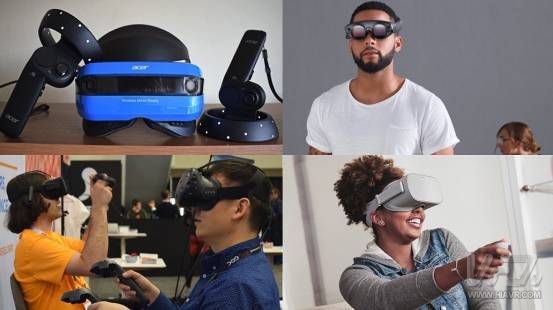
On the other hand, virtual reality has not yet prepared for the arrival of prime time, but this does not mean that there has been no progress. Some companies have already tried to take some major measures that eventually paved the way for wearable devices. Now more than ever, we can see the potential of another augmented reality technology.
How does this result come from? Let's take a look at VR and AR 2017.
Vive tracker

When we first tried the Vive tracker at CES 2017 earlier this year, it really made people feel love at first sight. We all know that this attempt may be a change for virtual reality games. We also consider the Vive tracker as the best virtual reality technology product of the year.
The Vive tracker allows us to turn anything into a virtual reality controller and what we want to play, as long as there is a tracker. We have just now seen the potential of such products and what they mean for the future of home and virtual reality. But if we can solve the immersive problem in the future, then we can completely change the way we interact with virtual reality.
Windows Mixed Reality
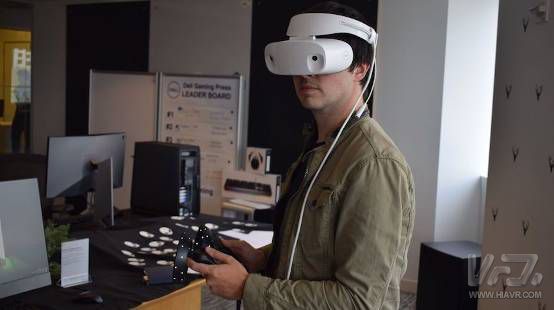
Earlier this year, Microsoft decided to rename Windows Holographic as Windows Mixed Reality and cooperated with a series of OEMs such as Acer, Samsung, and Hewlett-Packard to jointly launch several affordable and powerful virtual reality heads and brought us to Virtual reality world.
Better still, people no longer need high-profile computers to use these headsets. Simply put, Windows hybrid reality heads can even work with computers that only have integrated graphics. But if you want a better experience, of course, the PC's performance is also crucial, but this is not a fundamental requirement, and the basic virtual reality experience will not have any shrinkage.
Perhaps the name of Microsoft's mixed reality sounds a bit confusing, but Microsoft has integrated virtual reality with augmented reality to achieve a perfect balance. For example, we can also work with the augmented reality application using a mixed reality head-up, such as Microsoft HoloLens.
Hugo Barra joins Oculus

As Facebook's business is deepening, Oculus has also undergone many changes in the past year. The first major move was in January, when Hume Barra, the former vice president of Xiaomi, replaced Palmer Luckey and became the new CEO of Oculus.
Zuckerberg is now the most famous "fan" of virtual reality technology, but he still has a lot to do. How Hugo Barra led Oculus development in 2018 is a topic worthy of our attention.
Oculus Rift cuts prices
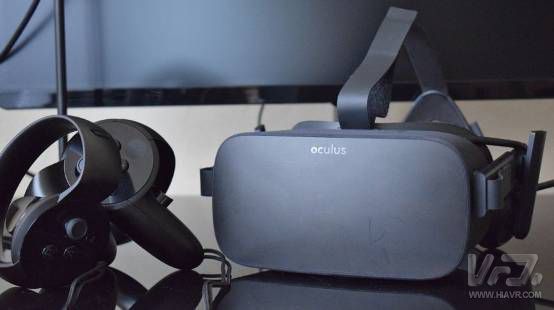
Although virtual reality technology has begun to enter our home, the problem is that high-quality virtual reality equipment is still very expensive. Not only do we need to pay for an expensive head-mounted device (which costs us $600), we also must have a high-performance computer.
This summer, Facebook's Oculus lowered the price of the Rift suit, making the virtual reality threshold even lower. Oculus lowered the price of the Rift and Touch controllers to $399 (about RMB2,607), which is the same as Sony's award-winning PlayStation VR. And at the end of the year, Oculus announced that it was a permanent price cut.
The price war has only just begun. The three major virtual reality systems have already begun to lower the prices of their products. More users have the opportunity to experience high-end virtual reality experiences. This is only a matter of time. Although the price of Vive dropped to 599 US dollars (about 3910 yuan), down 200 US dollars, but compared with Oculus Rift and PlayStation VR, it is still not cheap.
Apple ARKit and Google ARCore represent the future

The most exciting thing about augmented reality is that it not only has the potential to become a future entertainment, but also has the potential to change the way modern computers are used, just like virtual reality. You can see that virtual objects interact with real objects, so the role of augmented reality in our daily life and learning will be very important.
Of course, in order to achieve this goal, we not only need hardware support, but also need a strong ecosystem to meet different needs. Therefore, Apple and Google, as one of the most famous technology companies on the planet, have taken measures to create their own augmented reality ecosystem.
When Google released ARCore, Apple also released ARKit. Of course, the two platforms are currently limited to smart phones or tablets. Currently, there is no dedicated headset to support these two platforms. Of course, such products will soon come, and the number of applications will become the most critical factor.
VR positioning
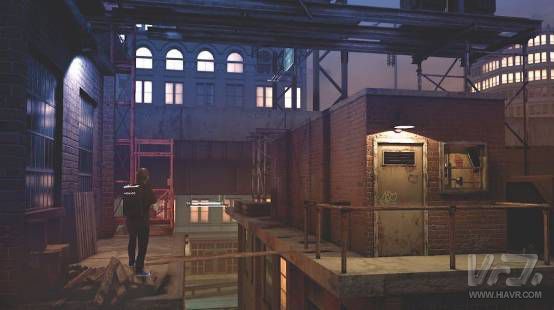
One of the most important things we discussed in 2018 was the positioning technology of virtual reality. Virtual reality needs to create some space. With some props and environment, we have a more realistic immersive experience. For example, in a virtual reality environment, we need to feel the same temperature. If we pick up a gun or open a drawer, we must have such an experience in the real world.
In 2017, two companies demonstrated the latest technology in this area. Nomadic and Disney have all provided projects that are bright and exciting.
Oculus Go appears
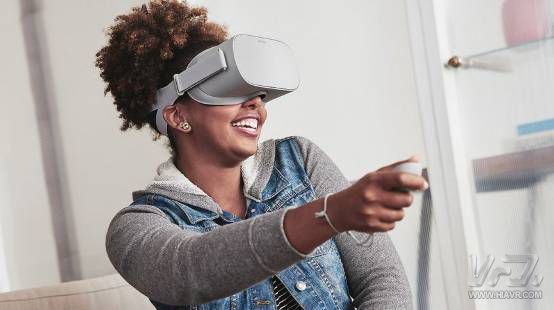
The future of virtual reality is not destined to be bundled with a computer, nor is it necessary for us to plug a mobile phone into a headset. It is destined to be a stand-alone device that no longer requires computers and smartphones.
Oculus Go was the first stand-alone virtual reality headset wearer at Facebook Inc.'s Oculus Inc. and is committed to providing an affordable stand-alone VR device. We will not experience this product until 2018, but it looks slightly different from the promised position of the previous Oculus Santa Cruz. This is a good start to help virtual reality become mainstream.
Magic Leap finally released the product
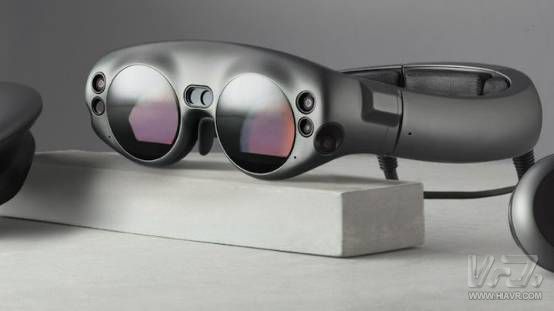
After many years of mystery research and development, it was enough to appease the outside world. Magic Leap finally announced its first project. Magic Leap One is an augmented reality spectacles with an extra power supply. However, there are still many news that we don't know about, such as price and content, but at least now we have seen the hardware. We also know that Magic Leap One will formally come to us in 2018, and we will see more relevant news over time.
The Magic Leap One is an up-and-coming futuristic augmented reality head-up, with a small, round-shaped computer that provides processing power at the user's waist. All tasks that can be done with a smartphone, Magic Leap One can also be completed, and is completed in the user's "view". Users no longer need to check e-mails on their smartphones. Instead, they can project e-mails to themselves. Of course, only users can see them.
The Magic Leap One includes glasses, a round computer on the left, and a handle on the right. The Magic Leap One integrates a head display, a computer, and a handle to provide augmented reality services. In order to "see" the world around the user, the Lightwear head is equipped with a series of sensors and cameras that allow the user to interact with the augmented reality elements projected through the Lightwear head-shot.
As Magic Leap website points out, Magic Leap One integrates "environmental maps, precise tracking and sound field audio", which means that in actual use, the user can manipulate the objects seen through the glasses.
The Augmented Reality and Augmented Reality in 2017 have already ended, but it also brought us more problems. For example, Magic Leap's experience is close to HoloLens and how it works. After major companies such as Apple and Google have entered the augmented reality market, can Magic Leap One open up its own new world?
|
S/N
|
Project
|
General Parameter
|
|
1
|
Number of series
|
15S
|
|
2
|
Rated voltage
|
48V
|
|
3
|
End of discharge voltage
|
40V
|
|
4
|
Charging voltage
|
Recommend 51V (50.5V – 51.5V) for floating charge
Recommend 54V (53.5V – 54.5V) for equation charge |
|
5
|
Continuous charge and discharge curren
|
≤100A
|
|
6
|
Internal resistance (battery pack)
|
≤100mΩ
|
|
7
|
Self-discharge rate
|
≤2%/month
|
|
8
|
range of working temperature
(≤95%R.H.) |
0~65℃ charge
-20~65℃ discharge |
|
9
|
Storage temperature range(≤95%R.H.)
|
-40~70℃
|
|
10
|
Positive and negative lead way
|
Fence Terminal 2P*2
|
|
11
|
Display screen
|
LED display, four physical buttons
|
|
12
|
Protective function
|
Overcharge, over discharge, short circuit, overload, over temperature, etc.
|
|
13
|
certificate
|
MSDS,ISO9001,CE,UN38.3,ROSH
|
LIFEPO4 Battery For Home Energy Storage
Jiangsu Zhitai New Energy Technology Co.,Ltd , https://www.jszhitaienergy.com
